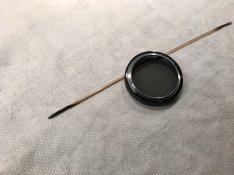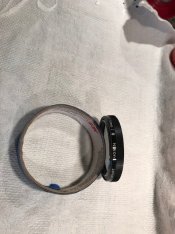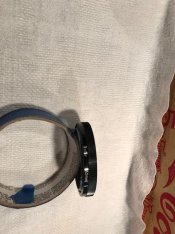.....was not even sure what to call it to do a search.
Once again, i was wondering if there was another part to this.?
I have never seen a Circular Polar that did not just spin freely once it was mounted to the lens.
This has about 180 degrees before that little pin hits the Stop/Notch on either side.
What is the reason it is built this way.?
Thank You

Once again, i was wondering if there was another part to this.?
I have never seen a Circular Polar that did not just spin freely once it was mounted to the lens.
This has about 180 degrees before that little pin hits the Stop/Notch on either side.
What is the reason it is built this way.?
Thank You



















